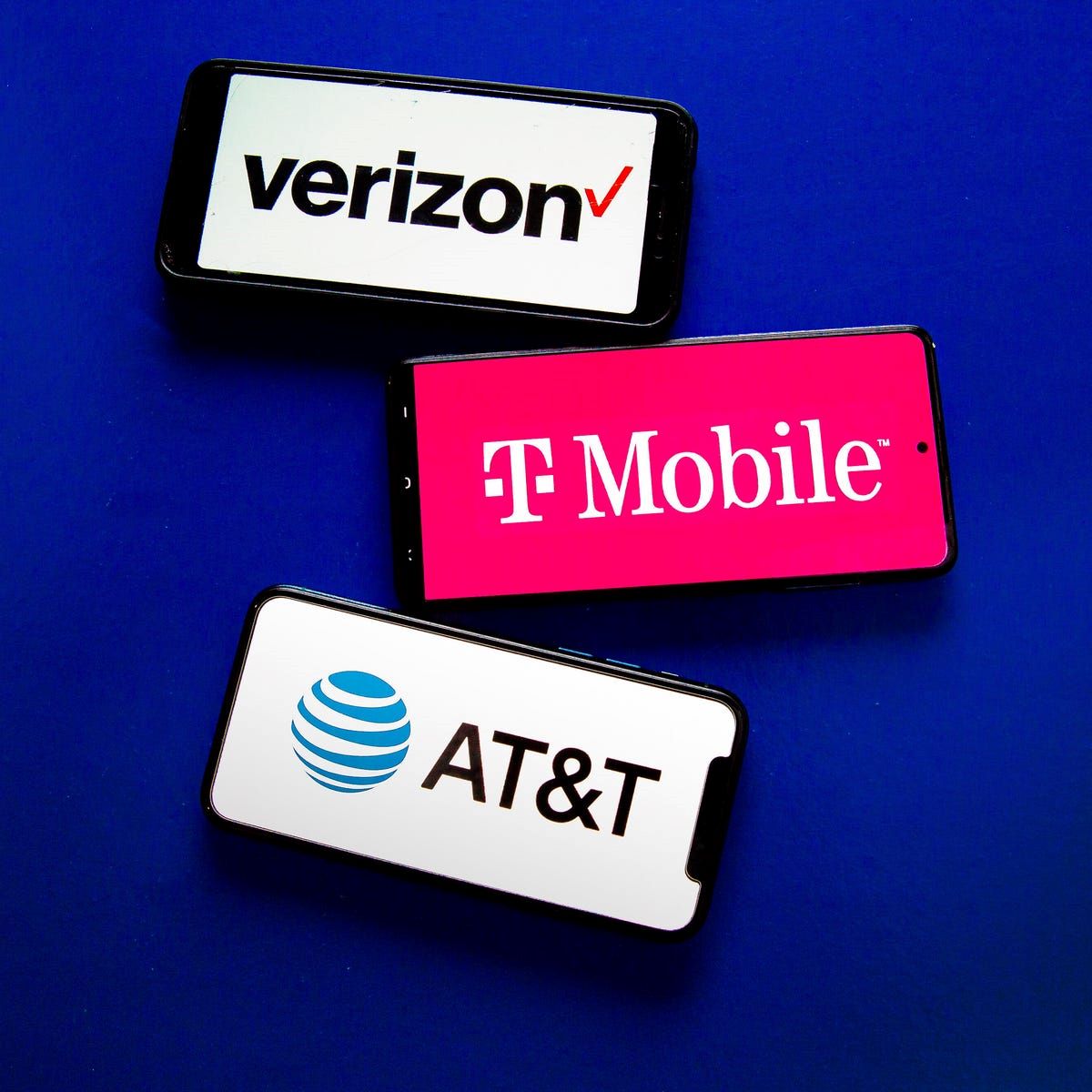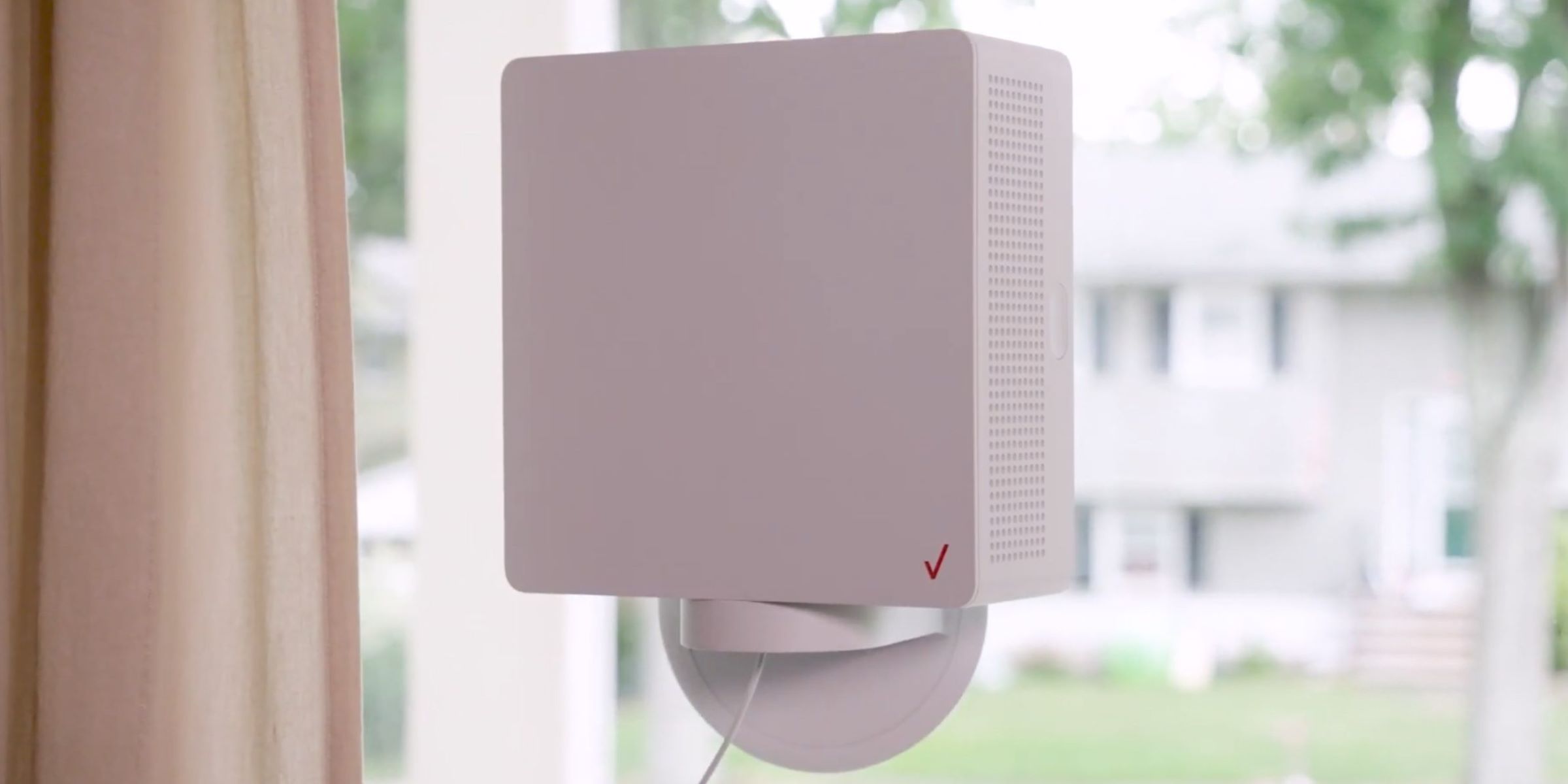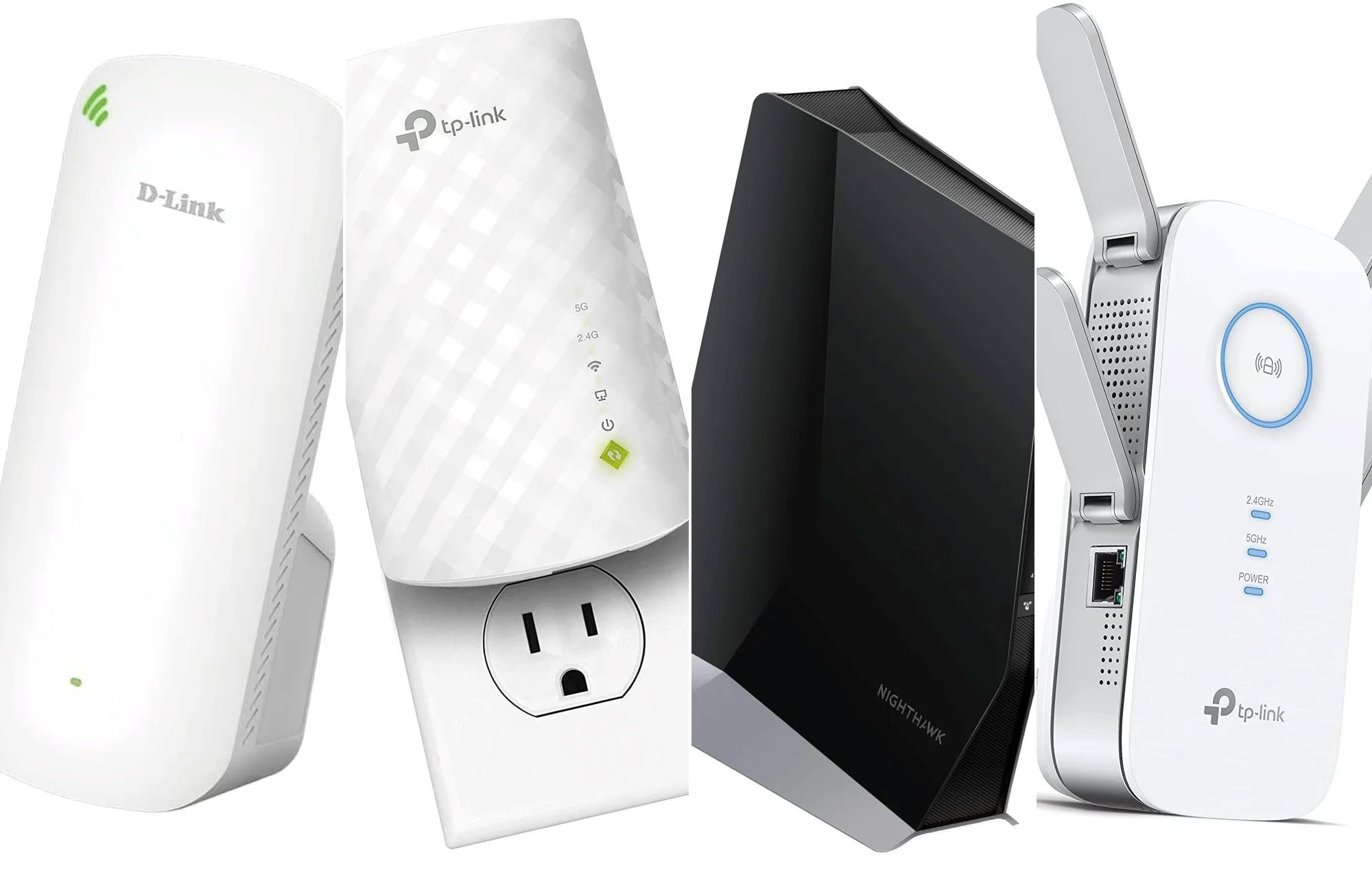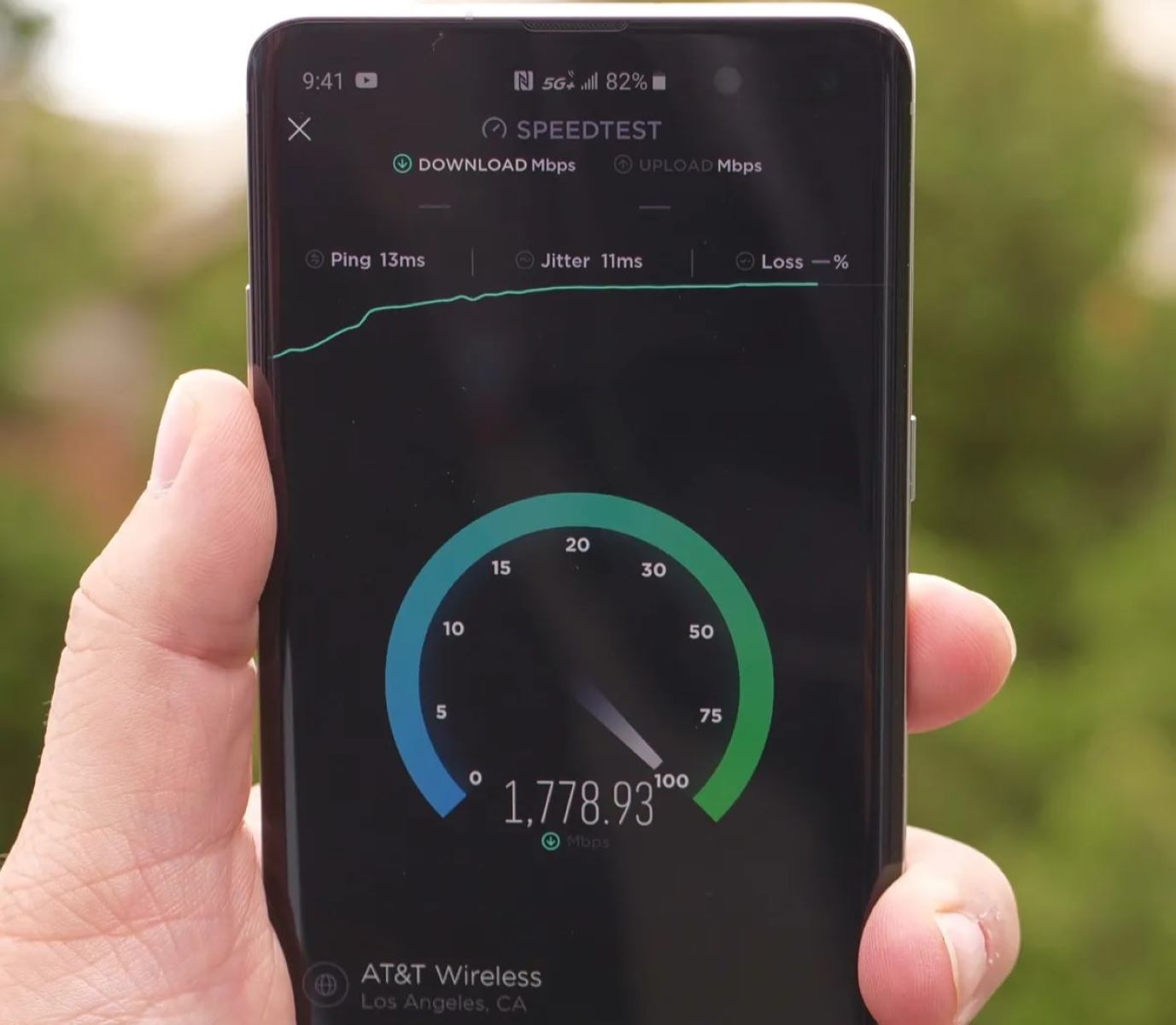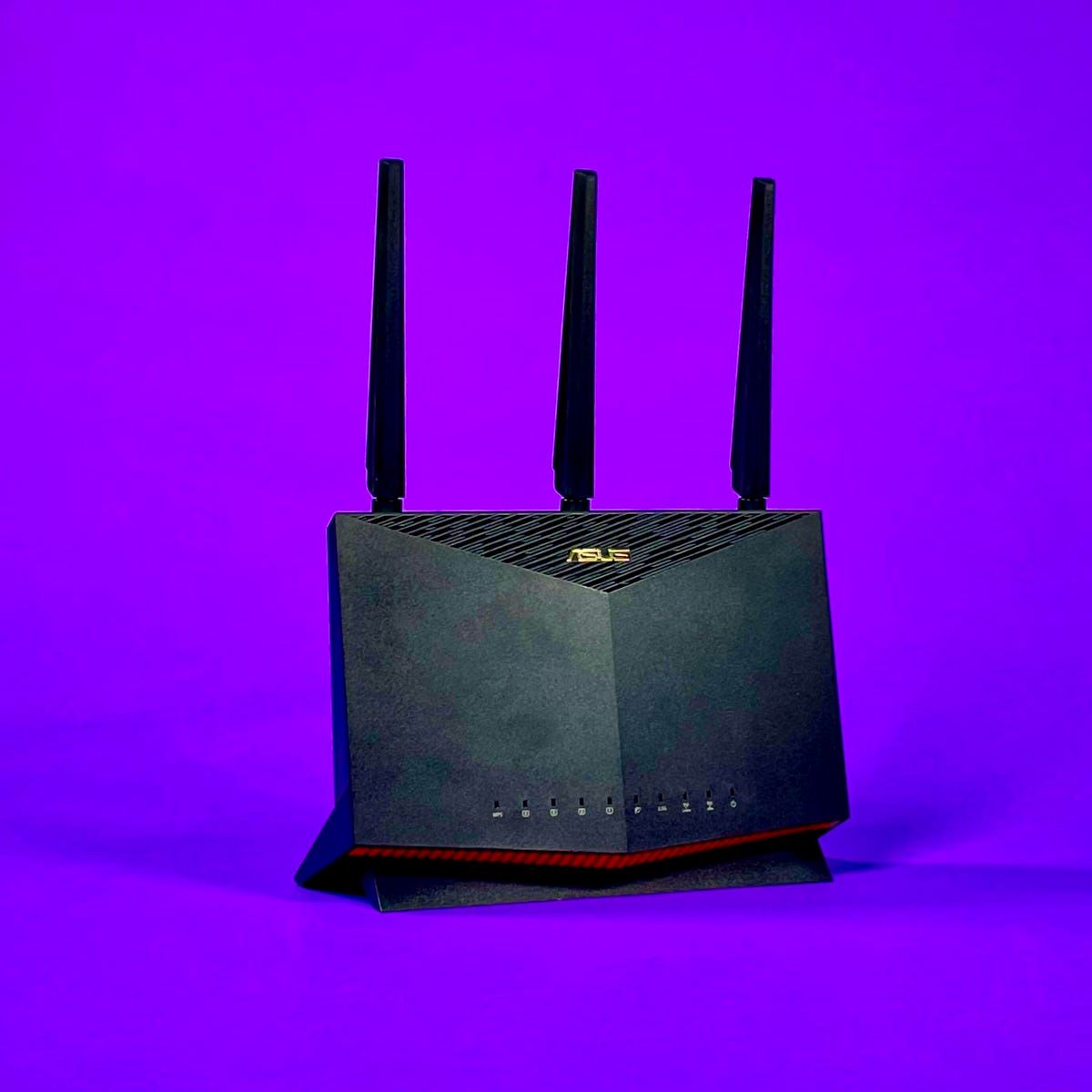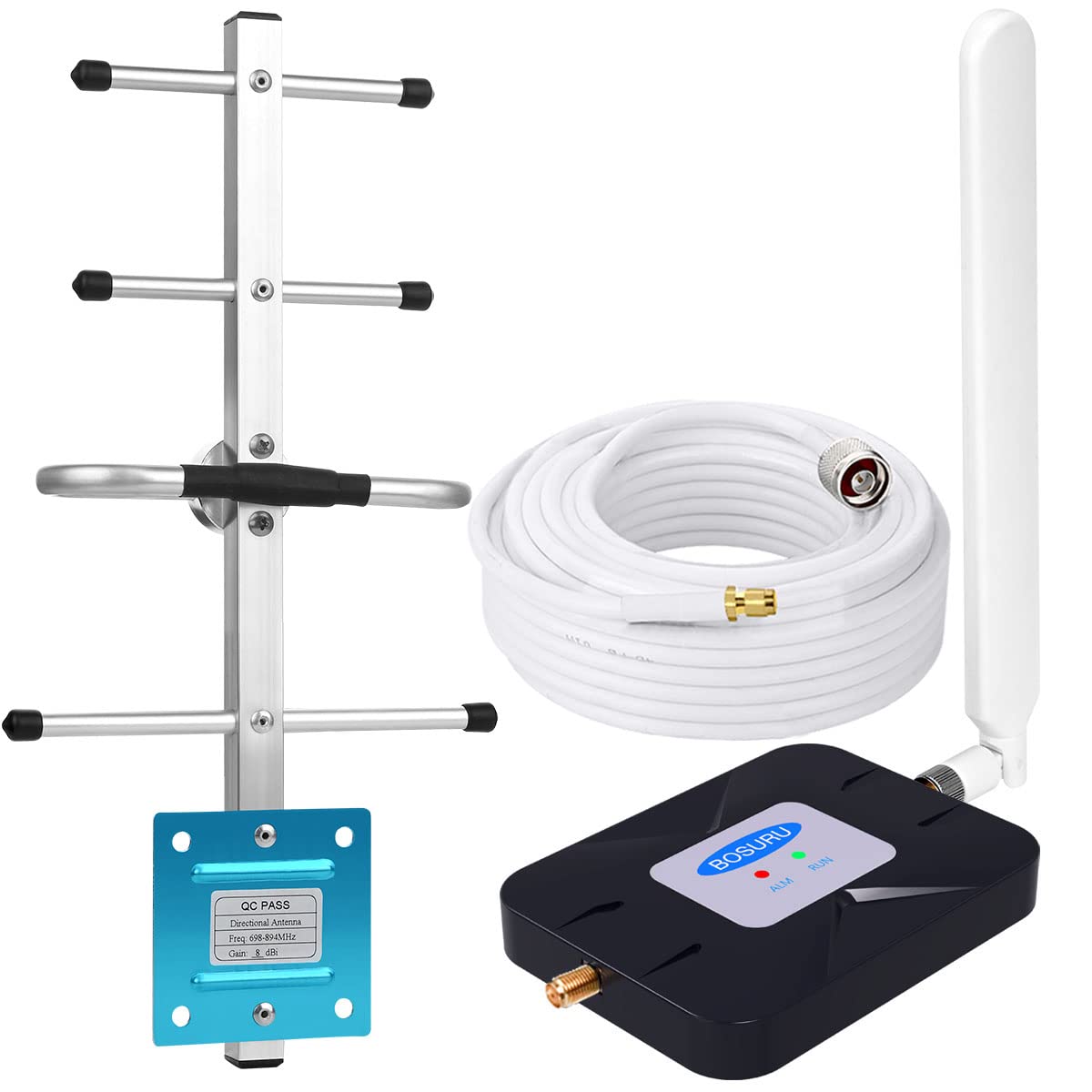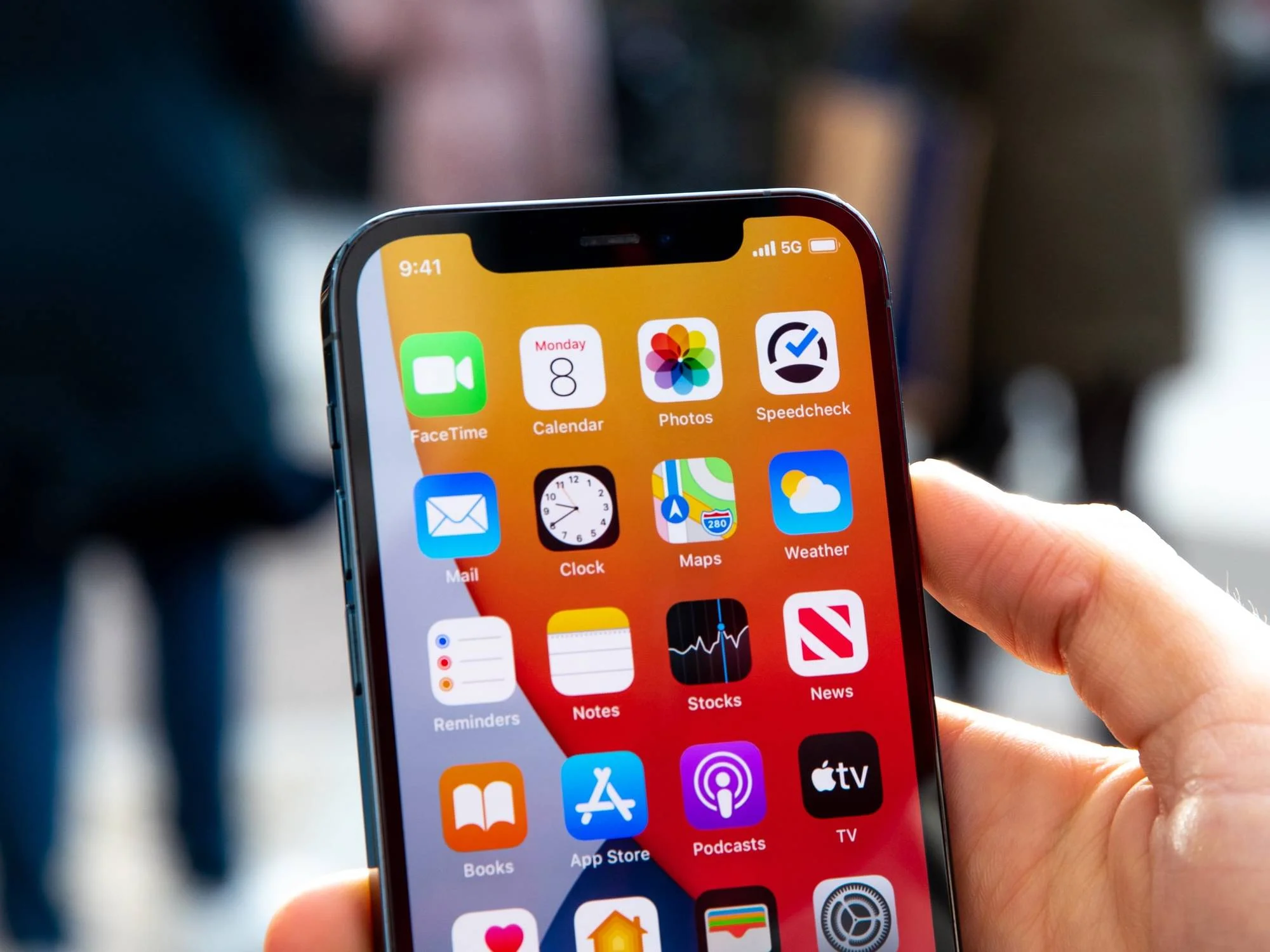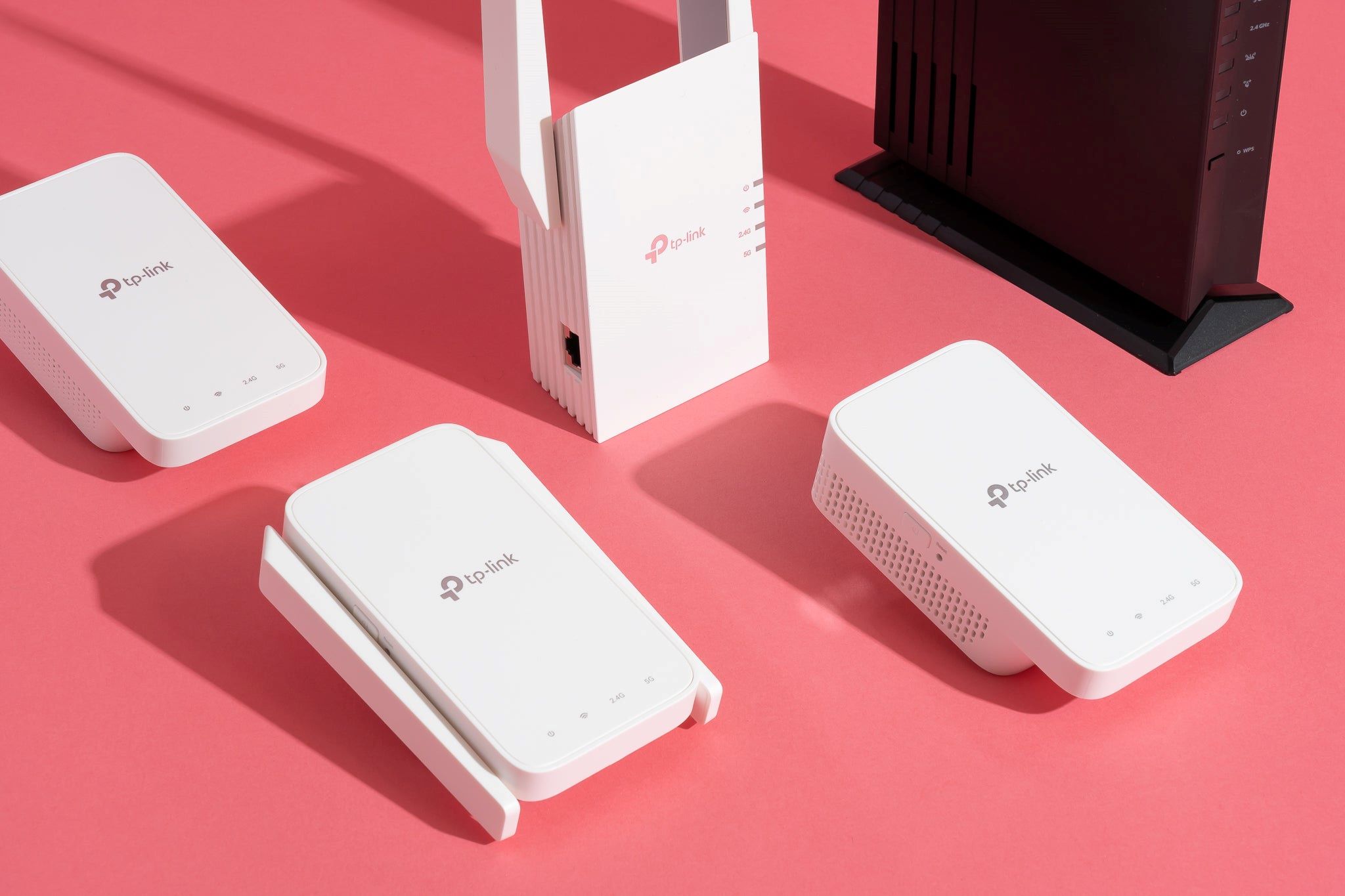Introduction
5G, the fifth generation of wireless technology, has been making waves in the telecommunications industry. With promises of incredibly fast download and upload speeds, lower latency, and the ability to connect billions of devices, 5G is set to revolutionize our digital world.
In today’s connected society, where we rely on our smartphones and other devices for work, communication, entertainment, and more, having reliable and fast internet connectivity is crucial. That’s where 5G comes in. It not only enhances our current digital experiences but also paves the way for future technologies like autonomous vehicles, smart cities, and the Internet of Things (IoT).
With the roll-out of 5G networks around the world, major carriers are vying to establish themselves as leaders in 5G coverage. The race to provide the best and most extensive 5G coverage has intensified as carriers compete for subscribers and businesses that rely on reliable and high-speed internet connections.
However, determining who has the best 5G coverage can be a daunting task with so many factors to consider. In this article, we will explore the top 5G providers and evaluate their coverage based on specific criteria. Whether you’re a tech enthusiast, a business owner, or simply looking to upgrade your mobile experience, this article will help you make an informed decision when choosing a 5G provider.
We will look at the offerings from Verizon, AT&T, T-Mobile, and Sprint, the major players in the 5G market. Additionally, we will discuss other emerging providers that are expanding their 5G networks. By the end, you’ll have a better understanding of the current state of 5G coverage and which provider is best suited to meet your needs.
What is 5G?
5G, short for the fifth generation, is the latest advancement in wireless technology that promises to revolutionize the way we connect and communicate. It is designed to provide faster internet speeds, lower latency, increased capacity, and improved reliability compared to its predecessor, 4G. But what exactly sets 5G apart and makes it so groundbreaking?
At its core, 5G operates on higher frequency bands, including the millimeter wave (mmWave) spectrum, which allows for significantly higher data transfer rates. This translates to faster download and upload speeds that can support bandwidth-intensive applications and services, such as high-definition video streaming, virtual reality, and augmented reality experiences.
One of the key advantages of 5G is its lower latency, which refers to the time it takes for a data packet to travel from one point to another. With 5G, latency is significantly reduced, enabling real-time and near-instantaneous communication. This is crucial for applications that require quick responsiveness, such as remote surgery, autonomous vehicles, and IoT devices.
Another important aspect of 5G is its ability to connect a massive number of devices simultaneously. This is made possible through advanced network slicing and the use of virtualization techniques. With this capability, 5G networks can efficiently handle the ever-growing demand of connected devices in our increasingly interconnected world.
Additionally, 5G offers improved network reliability and coverage. The deployment of smaller, more localized cells ensures better coverage, especially in dense urban areas. This allows for consistent high-speed connectivity, even in crowded environments with a large number of connected devices.
It’s important to note that while 5G holds great promise, its full potential can only be realized with the ongoing deployment and expansion of 5G infrastructure. As carriers continue to invest in building out their 5G networks, coverage and speeds will improve, bringing the benefits of 5G to more areas and users.
In summary, 5G is the next-generation wireless technology that brings faster speeds, lower latency, increased capacity, and improved reliability. Its ability to support bandwidth-intensive applications, low-latency communication, and massive device connectivity makes it a game-changer in the digital landscape. As we dive deeper into the world of 5G coverage, understanding what 5G is and what it offers is a crucial foundation for evaluating the capabilities of different providers.
Why is 5G important?
The significance of 5G extends far beyond just faster internet speeds. It holds the potential to transform industries, drive innovation, and improve our everyday lives. Here are some key reasons why 5G is important:
1. Enhanced Connectivity: 5G offers unparalleled connectivity, enabling seamless communication and exchange of data between a multitude of devices. This is critical for the Internet of Things (IoT), where devices need to be interconnected and communicate in real-time.
2. Empowering Digital Transformation: With its increased speeds and low latency, 5G enables the adoption of emerging technologies like virtual reality (VR), augmented reality (AR), and cloud computing. This opens up new possibilities for immersive experiences, remote collaboration, and advanced data processing.
3. Revolutionizing Industries: 5G has the potential to revolutionize industries such as healthcare, transportation, manufacturing, and entertainment. It can facilitate telemedicine, autonomous vehicles, smart factories, and ultra-high-definition streaming, among many other applications.
4. Enabling Smart Cities: 5G will play a pivotal role in powering the concept of smart cities, where infrastructure, services, and utilities are interconnected. From smart traffic management to energy-efficient systems, 5G can improve urban living and sustainability.
5. Job Creation: The deployment of 5G infrastructure requires skilled professionals, creating job opportunities in areas such as network engineering, software development, and cybersecurity. The growth of 5G networks can fuel economic development and drive innovation.
6. Bridging the Digital Divide: 5G has the potential to bridge the digital divide by bringing reliable, high-speed internet connectivity to underserved areas. This can provide equal opportunities and access to digital resources for all, regardless of geographical location.
7. Support for Emerging Technologies: 5G can support advancements in artificial intelligence, machine learning, and big data analytics. The combination of these technologies with 5G can unlock new possibilities and drive innovation in various sectors.
As 5G continues to be deployed and expands its reach, its importance will only grow. The adoption of this technology will fuel innovation, transform industries, and create new opportunities that were previously unimaginable. Therefore, it is crucial to track the progress and offerings of major carriers to determine who can provide the best 5G coverage and support for these transformative technologies.
Factors to consider when evaluating 5G coverage
When evaluating 5G coverage from different providers, there are several key factors to consider. These factors will help you determine which carrier can offer the best 5G experience based on your specific needs. Here are some important considerations:
1. Network Availability: Check the network availability in your area. While 5G is being rolled out globally, coverage may still be limited to specific regions or cities. Verify if the provider offers 5G coverage in your location or if they have plans for future expansion.
2. Speed and Performance: Evaluate the speed and performance of the 5G network. This includes download and upload speeds, latency, and network reliability. Look for real-world tests and user reviews to get an idea of the actual performance you can expect.
3. Device Compatibility: Ensure that your device is compatible with the specific 5G network you are evaluating. Different carriers may have different frequency bands and requirements, so confirm that your device supports the necessary technology.
4. Plans and Pricing: Consider the cost of 5G plans offered by different providers. Compare the pricing, data allowances, and any additional benefits or features included in the plans. It’s also important to understand any restrictions or limitations that may apply.
5. Reliability and Coverage: Assess the reliability and coverage of the 5G network. Check if the provider has a solid track record of network uptime and if they offer coverage in the areas where you spend the most time, such as your home, workplace, or frequently visited locations.
6. Customer Support: Look into the quality of customer support provided by the carrier. Consider factors such as availability, responsiveness, and the ease of reaching customer service representatives in case of any issues or queries related to the 5G network.
7. Additional Services and Features: Explore any additional services or features offered by the provider. This could include perks like free streaming subscriptions, enhanced security features, or access to exclusive content.
8. Future Roadmap: Consider the provider’s future plans for expanding their 5G network. Look for commitments to increasing coverage, improving speeds, and deploying new technologies that will enhance your 5G experience in the long term.
By taking these factors into account, you can make an informed decision when evaluating 5G coverage from different providers. Sifting through the details and understanding the nuances will help you choose a carrier that can deliver the best 5G experience tailored to your location, usage patterns, and connectivity needs.
Verizon
Verizon is one of the major players in the 5G market, known for its extensive network coverage and commitment to delivering high-speed, reliable connectivity. Let’s take a closer look at what Verizon has to offer in terms of 5G coverage.
Verizon’s 5G network operates on both mmWave and sub-6GHz frequencies, providing a balance between fast speeds and wider coverage. The mmWave spectrum offers blazing-fast speeds, while the sub-6GHz frequencies allow for broader coverage in urban and rural areas.
With its “Ultra Wideband” branding, Verizon’s mmWave-based 5G network boasts impressive download speeds reaching up to 2 Gbps in some areas. These speeds enable seamless streaming, fast downloads, and lag-free gaming experiences. However, the mmWave technology has limitations in terms of signal propagation and penetration, leading to shorter range compared to sub-6GHz frequencies.
To overcome this limitation, Verizon has also been deploying 5G on sub-6GHz bands, offering a wider coverage footprint. Although the speeds may not be as high as mmWave, users can still expect faster speeds than traditional 4G networks.
Verizon has been steadily expanding its 5G coverage over the past years, and their network is now available in numerous cities across the United States. However, it’s worth noting that Verizon’s 5G coverage can be dependent on location, with urban areas generally having stronger coverage compared to rural or remote regions.
As for device compatibility, Verizon offers a range of 5G-enabled smartphones and other devices. It’s important to check if your specific device is compatible with their 5G network before making a decision.
In terms of plans and pricing, Verizon offers dedicated 5G plans that come with generous data allowances. However, these plans can be relatively more expensive compared to standard 4G offerings. It’s advisable to consider your data usage, budget, and the value you place on high-speed connectivity when evaluating Verizon’s pricing.
Verizon is committed to expanding its 5G coverage further and has outlined plans for future development. Their focus on delivering cutting-edge technology, coupled with their strong brand reputation, makes Verizon a compelling choice for those seeking robust 5G coverage and high-speed internet connectivity.
AT&T
AT&T is another prominent player in the 5G market, offering a comprehensive 5G network across the United States. Let’s delve into what AT&T brings to the table when it comes to 5G coverage and services.
AT&T’s 5G network operates on both mmWave and sub-6GHz frequencies, similar to other major carriers. This dual approach allows AT&T to provide a balance between high-speed connections and wider coverage, catering to different user needs and locations.
AT&T’s mmWave-based 5G network, branded as “5G+”, offers impressive download speeds that can exceed 2 Gbps in optimal conditions. These speeds enable seamless streaming, rapid file transfers, and enhanced gaming experiences. However, the reach of mmWave signals is limited, and they are more susceptible to obstacles such as buildings and trees.
In addition to mmWave, AT&T has also deployed 5G on sub-6GHz bands, ensuring broader coverage across various areas. While the speeds on sub-6GHz may not reach the heights of mmWave, users can still experience a significant boost in their internet connectivity compared to 4G networks.
AT&T has been gradually expanding its 5G coverage, and it is now available in numerous cities across the country. Similar to other carriers, AT&T’s coverage may vary depending on the specific location, with urban areas benefiting from stronger signal strength and coverage compared to remote or rural regions.
AT&T offers a range of 5G-enabled devices, including smartphones, tablets, and even 5G mobile hotspots. It is essential to ensure that your device is compatible with AT&T’s 5G network before considering their services.
When it comes to plans and pricing, AT&T provides various 5G options tailored to different user needs. Their plans typically offer generous data allowances and additional features, such as access to priority network lanes and HBO Max subscriptions. However, it’s advisable to carefully review the pricing to ensure that it aligns with your budget and usage requirements.
AT&T is committed to the continued expansion of its 5G network and has outlined its future plans for development. With their established brand and a wide range of 5G offerings, AT&T is a compelling choice for those seeking a robust and reliable 5G network with competitive pricing.
T-Mobile
T-Mobile, known for its consumer-centric approach and innovative offerings, has made significant strides in the 5G space. Let’s explore what T-Mobile brings to the table in terms of 5G coverage and services.
T-Mobile’s 5G network primarily operates on low-band and mid-band frequencies, offering a balance between coverage and speed. The low-band spectrum allows for broader coverage, including suburban and rural areas, while the mid-band spectrum provides faster speeds compared to low-band.
T-Mobile’s “Extended Range 5G” utilizes its low-band spectrum and offers wider coverage across a larger surface area, making it accessible to a larger number of users. While the speeds may not reach the same levels as mmWave technology, it still provides a notable improvement compared to 4G.
In addition to low-band, T-Mobile has also deployed mid-band 5G in certain areas, branded as “Ultra Capacity 5G”. This mid-band deployment offers faster and more reliable speeds, making it suitable for bandwidth-intensive applications, such as streaming high-definition content and online gaming.
As a result of its merger with Sprint, T-Mobile has further expanded its 5G network coverage. The integration of Sprint’s mid-band spectrum has strengthened T-Mobile’s network capabilities and allowed for improved 5G coverage and speeds in various locations.
Device compatibility is crucial when considering T-Mobile’s 5G services. T-Mobile offers a range of 5G-compatible devices, from smartphones to tablets and wearable devices. It’s important to ensure that your device is compatible with T-Mobile’s 5G network before making the switch.
T-Mobile’s pricing and plans cater to a wide range of users, with competitive pricing and unlimited data options. Their plans often include additional features such as Netflix subscriptions and international roaming benefits. Reviewing their plans will help you determine which one aligns best with your needs and budget.
T-Mobile is committed to expanding its 5G network further and aims to cover a significant population with its 5G services. Their customer-centric approach and emphasis on inclusivity make T-Mobile a compelling choice for individuals and businesses seeking reliable 5G coverage and innovative offerings.
Sprint
Sprint, now merged with T-Mobile, has brought its expertise and resources to enhance the 5G coverage and capabilities of the combined network. Let’s explore what Sprint brings to the table in terms of 5G coverage and services.
Sprint’s 5G network primarily operates on mid-band spectrum, offering a balance between coverage and speed. This mid-band spectrum provides faster speeds compared to low-band, making it suitable for handling bandwidth-intensive applications such as streaming, gaming, and downloading large files.
During the merger with T-Mobile, Sprint’s mid-band spectrum was integrated into the network, boosting the combined network’s 5G capabilities. This integration has significantly expanded the coverage and speeds of the unified network, bringing the benefits of 5G to more users across a wider area.
Device compatibility is an important consideration when evaluating Sprint’s 5G services. Sprint offers a range of 5G-compatible devices, including smartphones and other connected devices. It’s crucial to ensure that your specific device is compatible with Sprint’s 5G network before considering their services.
As a result of the merger, Sprint customers now have access to T-Mobile’s pricing and plans. T-Mobile offers a wide range of plans, including unlimited data options and various additional perks or benefits. It’s worth reviewing T-Mobile’s plans to assess which one aligns with your needs and budget.
Sprint’s commitment to expanding its 5G network is now reflected in the combined efforts of the newly merged entity. With the resources and infrastructure of T-Mobile, Sprint customers can expect improved 5G coverage, faster speeds, and a seamless transition to the unified network.
Sprint’s merger with T-Mobile brings greater potential for the development and deployment of future 5G advancements. Through the integration of resources and expertise, the new entity aims to deliver enhanced 5G services and continue expanding the coverage and capabilities of its network.
If you were a Sprint customer or considering their services, the merger with T-Mobile ensures that you will have access to a robust 5G network with improved coverage, faster speeds, and a wide range of service offerings.
Comparison of 5G Coverage between Major Carriers
When evaluating 5G coverage between major carriers, it’s important to consider several factors, including network availability, speeds, coverage areas, and device compatibility. Let’s compare the 5G offerings of Verizon, AT&T, T-Mobile, and Sprint to help you make an informed decision.
Verizon: Verizon boasts impressive 5G speeds on its mmWave network, offering download speeds of up to 2 Gbps in select areas. However, the mmWave technology has limited range and may not penetrate through obstacles easily. Verizon’s 5G coverage is available in numerous cities but can vary depending on location.
AT&T: AT&T offers a balance between coverage and speed with its dual-band 5G network. Their mmWave network provides impressive speeds, while the sub-6GHz network offers wider coverage. AT&T’s 5G coverage is expanding across the country and is available in many major cities.
T-Mobile: T-Mobile’s 5G network primarily operates on low-band and mid-band frequencies, providing a balance between coverage and speed. Their low-band network offers broader coverage, while the mid-band network boasts faster speeds. T-Mobile’s 5G coverage has expanded significantly due to the merger with Sprint.
Sprint: Since the merger with T-Mobile, Sprint’s 5G network has been integrated into the combined network. Sprint’s mid-band spectrum has enhanced the coverage and speeds of the new entity’s network. Sprint customers now have access to the expanded coverage and capabilities of the unified network.
When it comes to device compatibility, it’s essential to ensure that your device supports the specific 5G technology used by each carrier. Verizon, AT&T, T-Mobile, and Sprint all offer a range of 5G-compatible devices, and it’s important to check if your device aligns with their networks.
Each carrier also offers various plans and pricing options, so it’s crucial to assess their offerings based on your budget and usage requirements. Consider factors such as data allowances, additional features, and any limitations or restrictions that may apply.
It’s worth noting that 5G coverage is still expanding, and coverage availability may vary depending on the location. It’s advisable to check the coverage maps provided by each carrier to determine the availability in your area.
By comparing the 5G coverage of Verizon, AT&T, T-Mobile, and Sprint, along with their speeds, coverage areas, device compatibility, and pricing, you can make an informed decision on which carrier offers the best 5G coverage to meet your specific needs.
Other 5G Providers to Watch Out For
While major carriers like Verizon, AT&T, T-Mobile, and Sprint dominate the 5G market, there are other emerging 5G providers that warrant attention. These providers are making significant strides in expanding their 5G networks and offerings. Let’s explore some of the other 5G providers to watch out for:
Google Fi: Google Fi, the mobile virtual network operator (MVNO) operated by Google, has been actively investing in 5G infrastructure. Utilizing the networks of major carriers, Google Fi offers 5G access to its customers. With Google’s reputation for innovation, their foray into 5G could disrupt the market and bring unique opportunities for users.
Dish Network: Dish Network, known for its satellite television services, has entered the 5G arena. After acquiring Boost Mobile and acquiring spectrum from the T-Mobile-Sprint merger deal, Dish plans to build a nationwide 5G network. With its ambitious plans and access to valuable spectrum, Dish has the potential to become a significant player in the 5G market.
Charter Spectrum: Charter Spectrum is leveraging its existing infrastructure to deploy 5G services. As one of the largest cable operators in the United States, Charter Spectrum aims to provide 5G wireless internet services to its customers. Their existing customer base and fiber-rich network give them an advantage in delivering high-quality 5G services.
US Cellular: US Cellular, a regional wireless carrier, has been working on expanding its 5G network to offer enhanced coverage in rural areas. While not as widely available as the major carriers, US Cellular’s focus on providing 5G services to underserved regions is notable and demonstrates their commitment to bridging the digital divide.
C Spire: C Spire is another regional wireless carrier that has been rolling out 5G services. They primarily operate in Mississippi, Alabama, Tennessee, and the Florida Panhandle. As they continue to expand their 5G network, C Spire’s emphasis on serving their local communities could provide unique advantages and tailored solutions.
These emerging 5G providers offer potential alternatives to the established carriers and bring fresh perspectives to the 5G landscape. While their coverage may be limited to specific regions, their innovations and targeted approaches could make them viable options, particularly for users in their respective service areas.
As competition in the 5G market intensifies, keeping an eye on these other 5G providers can help individuals and businesses stay informed about new opportunities and advancements. The dynamic nature of the industry means that new players may emerge, making it an exciting time to explore the evolving 5G landscape.
Conclusion
As 5G technology continues to evolve and expand, choosing the right provider for your 5G needs becomes crucial. Verizon, AT&T, T-Mobile, and Sprint have emerged as major players in the 5G market, each offering their own unique advantages and coverage.
Verizon stands out with its impressive mmWave-based 5G speeds and extensive coverage in select areas. AT&T provides a balance between coverage and speed with its dual-band approach, catering to different user needs. T-Mobile, now merged with Sprint, offers a comprehensive 5G network with a focus on improved coverage and speeds across various bands. Sprint customers gain access to T-Mobile’s expanded 5G coverage, resulting in enhanced speeds and network capabilities.
However, it’s also important to keep an eye on other emerging 5G providers such as Google Fi, Dish Network, Charter Spectrum, US Cellular, and C Spire. These providers bring fresh perspectives and innovations to the 5G landscape, offering potential alternatives and tailored solutions in specific regions.
When evaluating 5G coverage, factors like network availability, speeds, coverage areas, device compatibility, and pricing should be considered. It’s advisable to review coverage maps, check device compatibility, and compare plans and pricing to align with your specific needs and budget.
As 5G technology continues to expand and more providers enter the market, the future of connectivity and innovation is promising. Being informed about the offerings and advancements in the 5G landscape will help you make the best decision and harness the full potential of this revolutionary technology.







